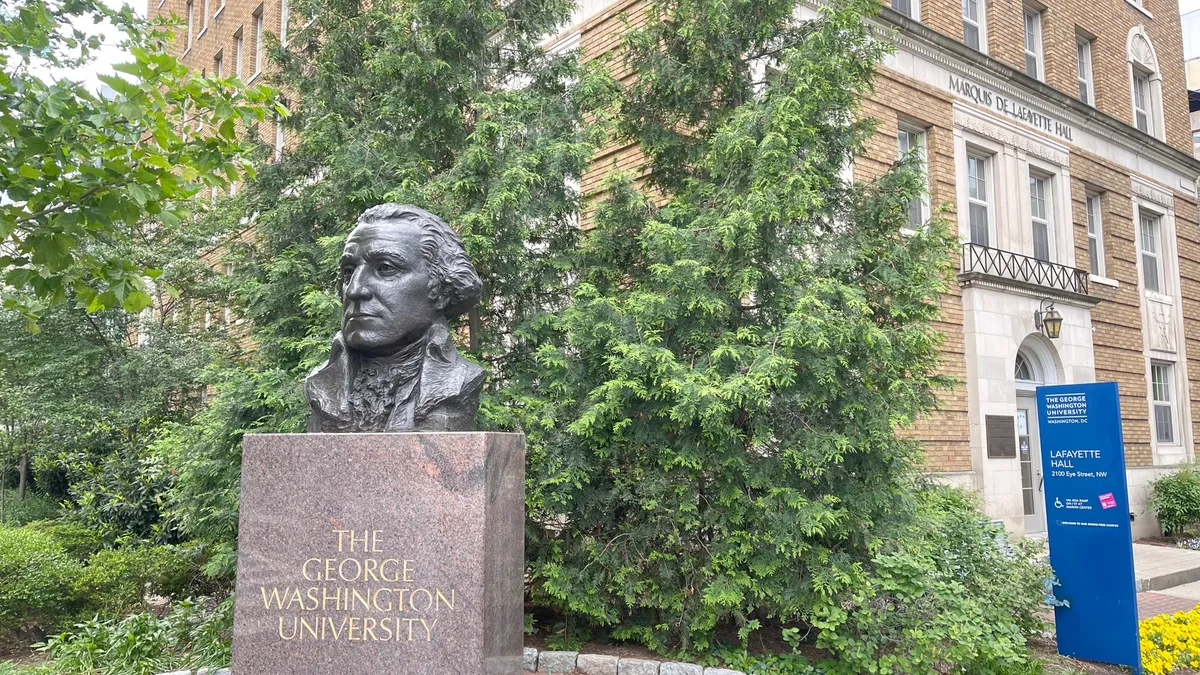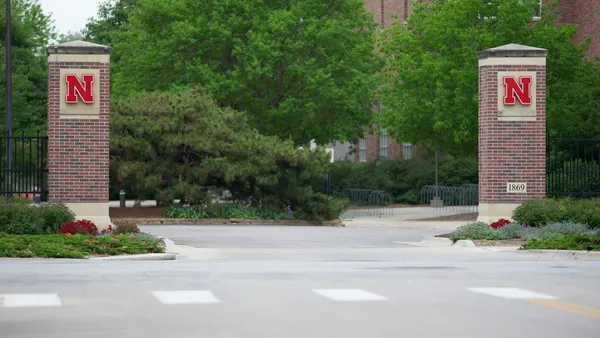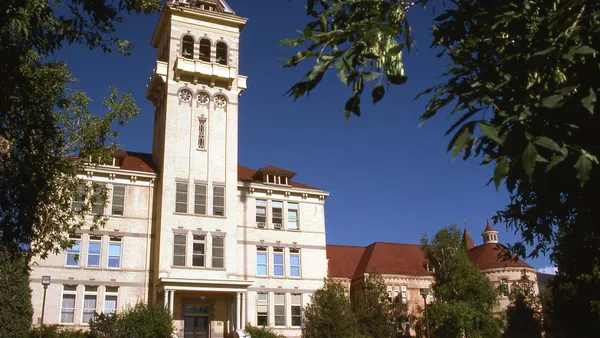Dive Brief:
- Temple University President John Fry this week signaled that officials expect to eliminate jobs as the public institution in Philadelphia navigates choppy fiscal waters.
- University leaders forecast a $60 million structural deficit for fiscal 2026, Fry said in an announcement to the Temple community. That comes after the university shrank an $85 million projected deficit to $19 million for fiscal 2025.
- As the university tries to close the persistent structural deficits, Temple leaders have asked vice presidents and deans to reduce their total compensation spending by 5% across units, Fry said. “Unfortunately, this will result in the elimination of some positions,” he added.
Dive Insight:
Over fiscal 2025, Temple shrank its deficit by tightly controlling hiring, travel and other discretionary spending. Nonetheless, long-term enrollment declines have weighed on the budget.
“For the previous years that we had a structural deficit, university reserves were used to cover expenses, which is not a sustainable practice,” Fry said. “We must work toward achieving a structurally balanced budget where our expenses do not exceed revenues going forward.”
Specifically, Fry pointed to a drop of 10,000 students from fall 2017 levels, with much of that dip occurring during the pandemic. As of fall 2023, Temple’s enrollment totaled 30,205 students.
The declines, Fry noted, have translated into a roughly $200 million falloff in tuition revenue.
However, Fry pointed to “positive indicators” for the class of 2029. He said Temple is on track for its second consecutive year of increases in first-year students.
But while enrollment is still being rebuilt, state appropriations have remained flat and operating costs have increased.
“For this reason, fiscal year 2026 — and the next two years — will continue to be challenging until we significantly grow overall enrollment and identify new revenue sources,” Fry said. “In short, we have some difficult but necessary decisions to make over the next three fiscal years.”
Employee compensation accounts for 62% of operating expenses, which is why university leaders are homing in on those costs. Even so, the university is planning a 1.5% increase in the budget for merit salary raises.
The university is also making capital investments, including building a new home for its public health college and an arts pavilion. Fry noted that these projects are funded with donations and state money.
Temple is far from alone in its austerity measures.
In recent months, both public and private universities have undertaken some combination of hiring freezes, furloughs, layoffs, tuition hikes and other measures to address funding challenges from both the state and federal level. The Trump administration, for example, has unilaterally slashed grant funding, and congressional Republicans are eyeing policy changes, such as eliminating Grad PLUS loans.















